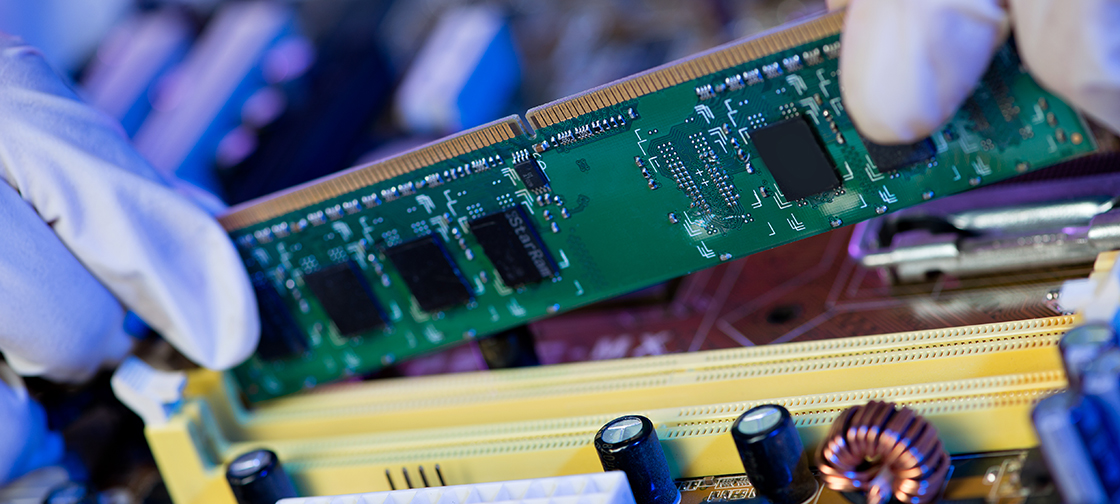Two research groups from ETH Zurich have developed a method that can simulate nanoelectronics devices and their properties realistically, quickly and efficiently.
This offers a ray of hope for the industry and data centre operators alike, both of which are struggling with the (over)heating that comes with increasingly small and powerful transistors – and with the high resulting electricity costs for cooling.
Chip manufacturers are already assembling transistors that measure just a few nanometres across. They are much smaller than a human hair, whose diameter is approximately 20,000 nanometres in the case of finer strands. Now, demand for increasingly powerful supercomputers is driving the industry to develop components that are even smaller and yet more powerful at the same time.
However, in addition to physical laws that make it harder to build ultra-scaled transistors, the problem of the ever increasing heat dissipation is putting manufacturers in a tricky situation – partly due to steep rises in cooling requirements and the resulting demand for energy. Cooling the computers already accounts for up to 40 percent of power consumption in some data centres, as the research groups led by ETH professors Torsten Hoefler and Mathieu Luisier report in their latest study, which they hope will allow a better approach to be developed. With their study, the researchers are now nominated for the ACM Gordon Bell Prize, the most prestigious prize in the area of supercomputers, which is awarded annually at the SC supercomputing conference in the United States.
Credit:”A ‘stimulation booster’ for nanoelectronics”, Simone Ulmer, Zurich ETH




